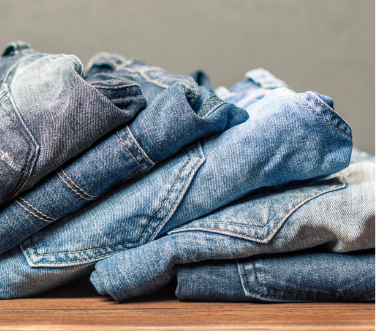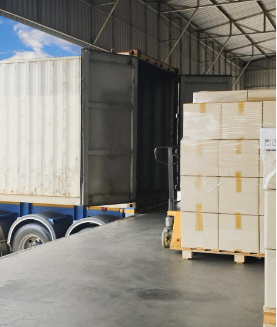A Buyer’s Experience: Shelf Pulls
Shelf Pulls: Money & Space Dynamic By: Michelle Anderson

Shelf-pulled merchandise could be a home run provided you have the money and space.
Provided the item is a commodity and simply out of season and you have the money and space to hold the inventory, you can get screaming good deals on out-of-season merchandise.
If I’m shopping for black ski pants, and I want brand new ones, I don’t care if they’re from this season or last as long as they have the tags. Ski pants don’t change much in overall design from season to season.
If I’m shopping for boxer shorts, I don’t care what the packaging looks like, but on Amazon, the item must match the listing, so if the manufacturer changes the packaging, the old merchandise must go.
If I see a ton of boy’s khaki pants in May when everyone else is looking for shorts and summer clothes, I’m picking those pants up because they’ll sell for back-to-school when people need school uniforms.
These kinds of things can be very profitable to get in quantity out of season; however, if neon colors were all the rage last season, but now everyone is wearing pastels, those neon colors might be a harder sell.
From the seller “Sourced from Amazon Liquidations”, I find a lot of private label items in the lots. Some are really bad and some are really good, but they might sell better locally. Private labels are all about branding, and while people are more open than they have been to non-brand items, it can be hard to be found in an online market if the buyer is searching for a brand name.
There are a lot of sellers on Amazon who are simply following gurus when they private label. Some of them still manage to do great, but in clothing, some of them struggle because the sizing is out of proportion or the item isn’t great quality, etc. So, a private label item might become a shelf-pull if it didn’t sell, the seller wasn’t good at creating listings, it got too many bad reviews, or maybe the seller was from overseas and didn’t have a US address to return the items to. To me this is a big gamble.
If it’s “Sourced from Amazon Liquidations” and was pulled because of long term storage fees assessed in February and August, you might win big if the item came from a large seller or one who is focused more on turnover. To put it another way, one who goes for the quick nickel rather than the slow dime. Again, a gamble.
There is no way to tell which third-party seller the items came from, and large volume sellers treat their inventory much differently than hobby sellers. There is also no way to tell if the items are coming from someone who knows what they are doing or someone who was blindly sending things in and has absolutely no business sense. There could be items in those lots from manufacturers in China who are sending in container loads and just plan on dumping whatever doesn’t sell. They can do this because their profits are high enough on what they do sell that even dumping hundreds of one item is nothing. They made the item, got it here for a dollar a piece and sold thousands of them for $30 a piece, so having to dump 86 of them? No biggie.
The other thing about shelf pulls in general is that you don’t always know where that shelf was located, or how long the merchandise sat before being pulled. The shelf may have been in a warehouse, and some warehouses can be dirty, dusty places; maybe the item got stepped on or run over with a fork lift or perhaps the item was on a store shelf and handled a bunch of times. I have found with Amazon, since they have increased storage fees, they tend to be cleaner than shelf pulls from other sellers, but these kinds of things do still happen, and not all Amazon sellers are diligent about pulling inventory. There are still sellers out there who let inventory sit for too long.
You might also be interested in:
Buyer's Experience: Returns
Expectations on Merchandise
Buyer's Experience: Resell Market
The Shelf Pull Resale Market




